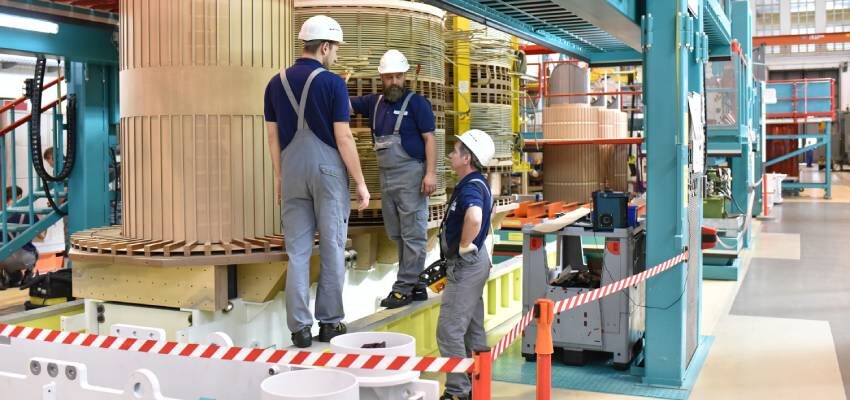
Standards relevant to transformers – Part VI
Transformer specification is a “common language” between manufacturers, suppliers, vendors, engineers, or any other parties that work with transformers on the technical level.
byP. Ramachandran, A. S. Jhala

Transformer specifications
- Introduction
In part V of this column, we had covered national standards available for the selection and application of transformers. In this part, we have compiled standards for transformer specifications required by power engineers when they order different types of transformers for the transmission and distribution of electric energy. Transformers and reactors required for electric transmission, distribution, railway traction, furnace, rectifier, solar, and wind power farms are covered. Standards are available for special application transformers such as HV DC converter transformers, phase shifting transformers, grounding transformers, voltage regulators, submersible transformers, and pad-mounted transformers. Transformers with different insulation structures like liquid immersed (mineral oil and ester), dry-type (cast resin or conventional), and SF-6 gas are covered by separate standards.
Standards for minimum energy efficiency and loss capitalization formula help users to opt for appropriate efficiency
levels (total losses).
Due to the wide use of transformers, their specification is very important. Transformer specification is a “common language” between manufacturers, suppliers, vendors, engineers, or any other parties that work with transformers on the technical level. That is the reason why the transformer specifications are well defined by standards.







